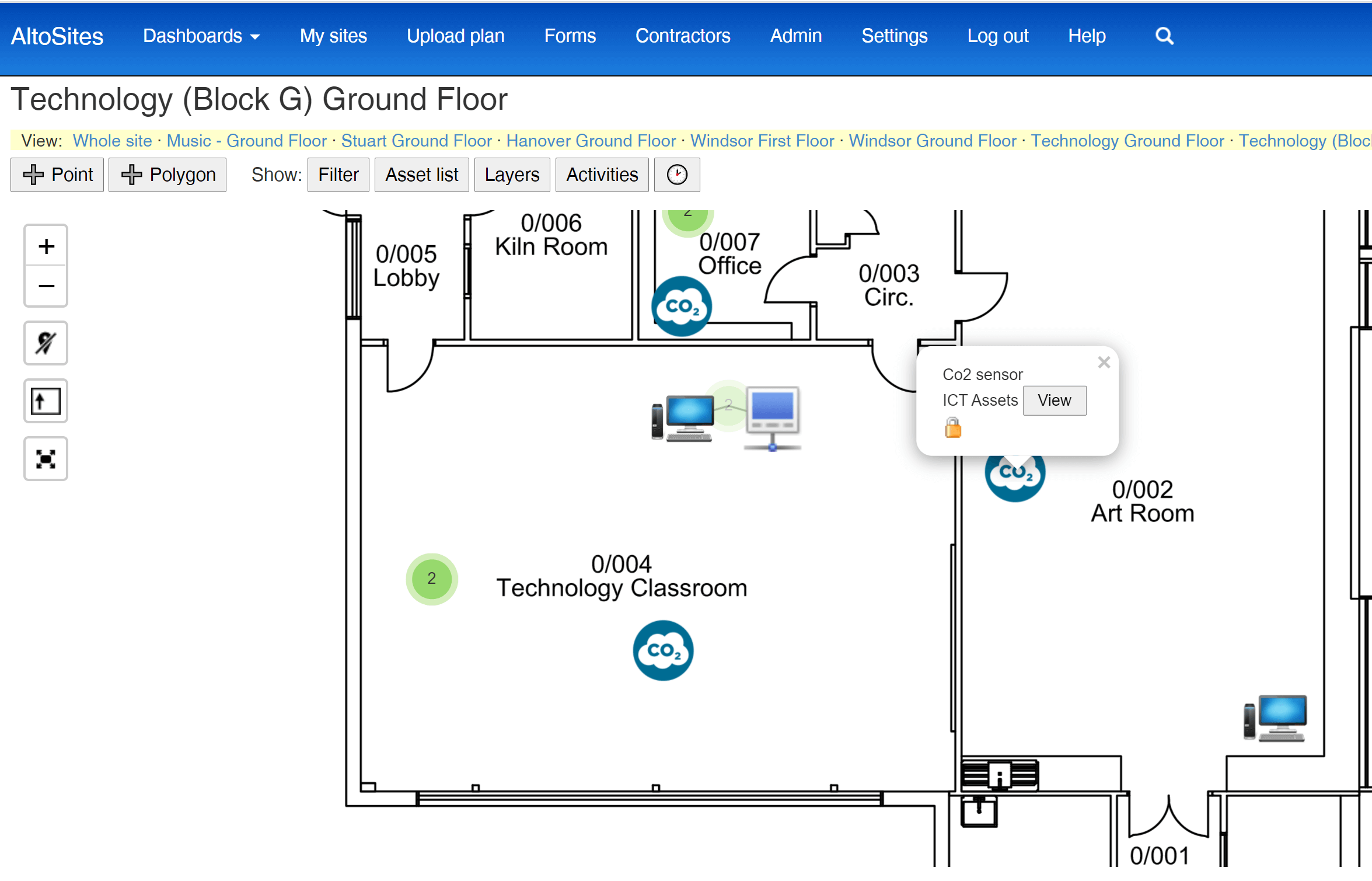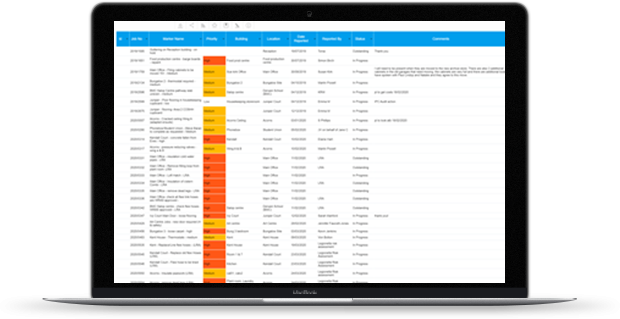Improving ventilation in school buildings has risen up the agenda as a result of the pandemic. Reducing the risks of Covid-19 transmission by providing a safer and better environment for students and school staff alike is extremely important.
Monitoring CO2 means you can identify where there are poorly ventilated spaces. Higher levels of CO2 impact on people’s wellbeing, health and performance as well as increasing the risks from Covid-19 transmission.
From monitoring to remediation
Improving ventilation in school buildings is important and this needs an ability to monitor how spaces are performing. School’s Week reports that the Department for Education (DfE) is creating a £25 million scheme to provide 300,000 carbon dioxide monitors to state schools from September, 2021. This is a welcome first step.
Mainstream schools should receive about one device for every two classrooms and staff rooms. The DfE says the monitors will be portable so they can be moved around to test the whole estate “in a relatively short space of time” and will help staff to “act quickly” where ventilation is poor.
In some instances better awareness may lead to relatively simple solutions to address any issues such as the much maligned advice to ‘open a window’. Expert organisations such as The Building Engineering Services Association (BESA) highlight that opening windows does not provide controlled ventilation. It is not an effective method of managing the direction of airflows to provide the air change rates needed to dilute airborne contaminants and viruses in every part of a room.
This means other than simple stop-gap or temporary remediation more extensive filtration or ventilation measures might be needed. But therein lies a problem whether it’s a need to perform extra maintenance (do the windows open properly/do they open enough?) or whether to look at air purifier units which can cost £80 – £500.
Schools capital and maintenance budgets are under tremendous pressures. At a recent BESA webinar Gary Ratcliffe, CEO of Kent-based Galaxy Trust, highlighted his three schools had spent over £325,000 on Covid mitigation measures but had only been able to reclaim £57,000 from the government. Each school has an annual capital budget of just £7,000, which is primarily to ensure buildings remain safe and to fix leaking roofs and heating.
He was concerned that opening windows could be “doing more harm than good” because many schools were close to busy roads, so the children were being exposed to high levels of traffic pollution and noise.
“If we wanted to free up money to spend on a new ventilation system, we would have to make cuts elsewhere. However, we are judged on the quality of the education we provide…not on the quality of the air.”
Monitors are an important first step but if they identify problem spaces there must be the funding to improve them.
In the meantime what are some key considerations for using CO2 monitors?
CO2 monitors – key considerations
Installation and configuration
It’s extremely important that CO2 sensors are properly used and this ranges from being installed in the right types of spaces to where they’re installed within them.
The Health and Safety Executive (HSE) provides advice and guidance on CO2 monitor use and this includes information from The Scientific Advisory Group for Emergencies (SAGE) on examples of spaces where monitors may be useful.
Monitors will also need configuring and potentially re-configuring if they’re moved from one space to another.
Recording CO2 monitor locations
Schools already have an extensive range of data to track and manage and CO2 monitors will add to that list.
A simple way to manage CO2 monitors is to use an asset database which has a plan-based approach to make it easy to see where monitors located.
This is especially important if they are being moved between spaces to provide measurements across the whole school estate.

Reading CO2 monitors
Monitor readings are typically accessible using software that comes with the monitor which maybe wireless integrated and/or Bluetooth enabled to enable them to be read from a smartphone.
Simpler devices can operate on a simple warning colour scheme – red, amber, green so while no data is provided they at least give a visual clue as to the CO2 level. As a minimum opening a window and a door when needed encourages some airflow.
It remains to be seen if the funded monitors will be Internet of Things (IoT) enabled devices which can feed data automatically into a system which would reduce the workload by not having to schedule and take manual readings.
It’s extremely useful from a building management perspective to integrate this data into other asset management and maintenance management information. For example, if the CO2 levels in a room show there’s a ventilation issue requiring capital expenditure you might decide not to do certain reactive maintenance jobs in that room.
Analyzing ventilation performance across school estates
This will be based on key measurements and readings taken over a period of time.
Are there peaks and troughs in CO2 levels because of varying class sizes? Time of day? Are there opportunities to re-schedule classroom allocation to better match classroom size with the number of students?



Heat map based reports, such as the example shown above right, emphasize the results even more. Imagine how easy it is to present a heat map to colleagues or decision-makers when trying to explain which spaces have major ventilation issues.
Your key takeaways
Improving ventilation in school buildings involves considering the following:
- Check the condition of windows which ought to open (weather and external noise etc. allowing). Open doors as well to encourage greater airflow.
- Check the HSE website (see above) for details on general advice on monitor installation and use
- Make sure you can locate and keep track of CO2 monitors in an asset database
- Integrate CO2 data into your other school asset/maintenance information to avoid data silos which can lead to increased costs through unnecessary expenditure (monitor dependent!)
- Analyze and present your findings in visually intuitive and simple to understand formats.
Are we missing an opportunity?!
IAQ is about more than CO2 levels. Should we be taking the opportunity to monitor other factors impacting on IAQ in schools and indeed all buildings?
Given the finite pot of funds for school CO2 monitors would it be better to purchase fewer per school while increasing the specification of the monitors to report on more than CO2, for example, the levels of pollutants?
Taking into account other factors, such as traffic pollution levels, which maybe impacting on learning and working in a school is the way to truly improve school building performance in the longer term.
Read more about AltoSites, a plan-based asset management system, if you’d like to easily track and manage your monitors (or any other type of asset) or contact us for a demo.

